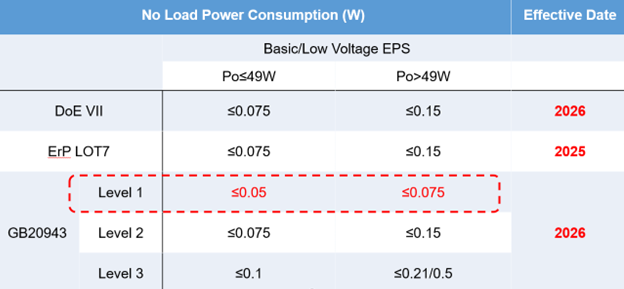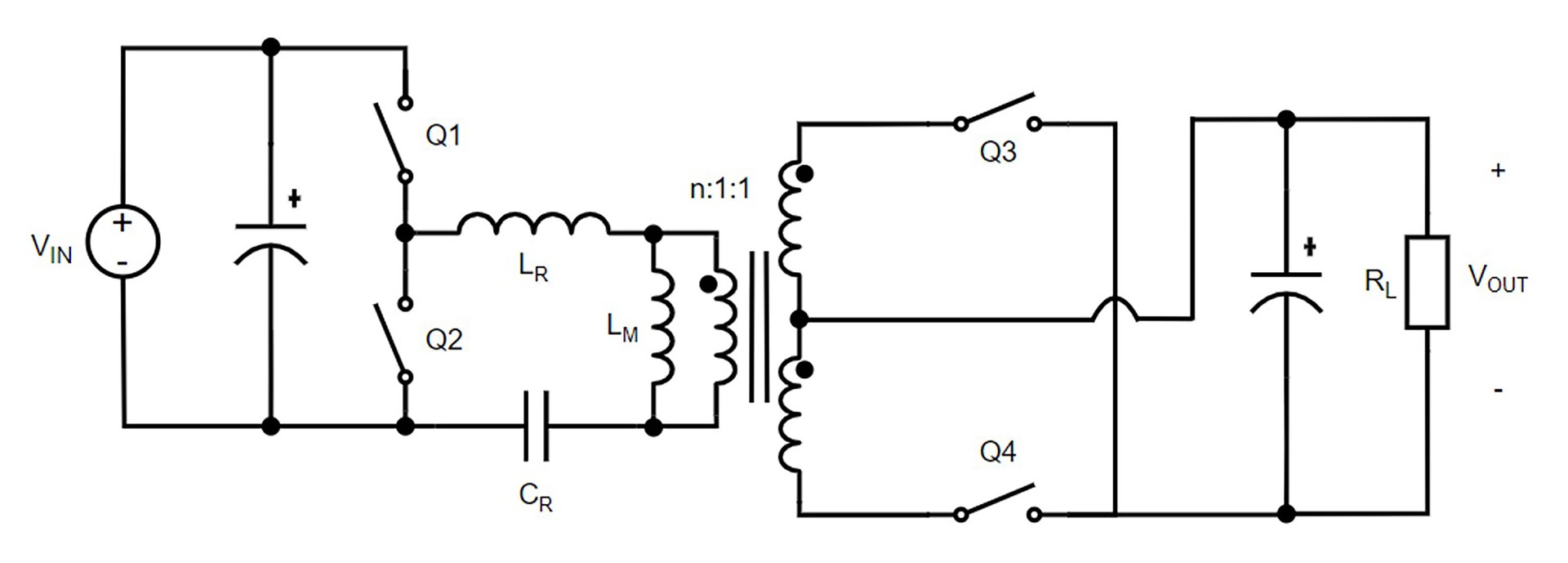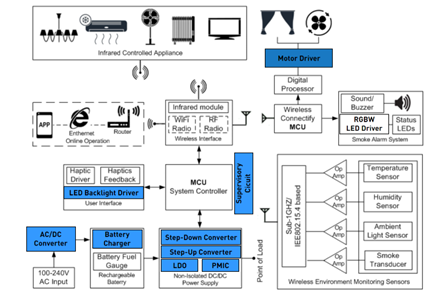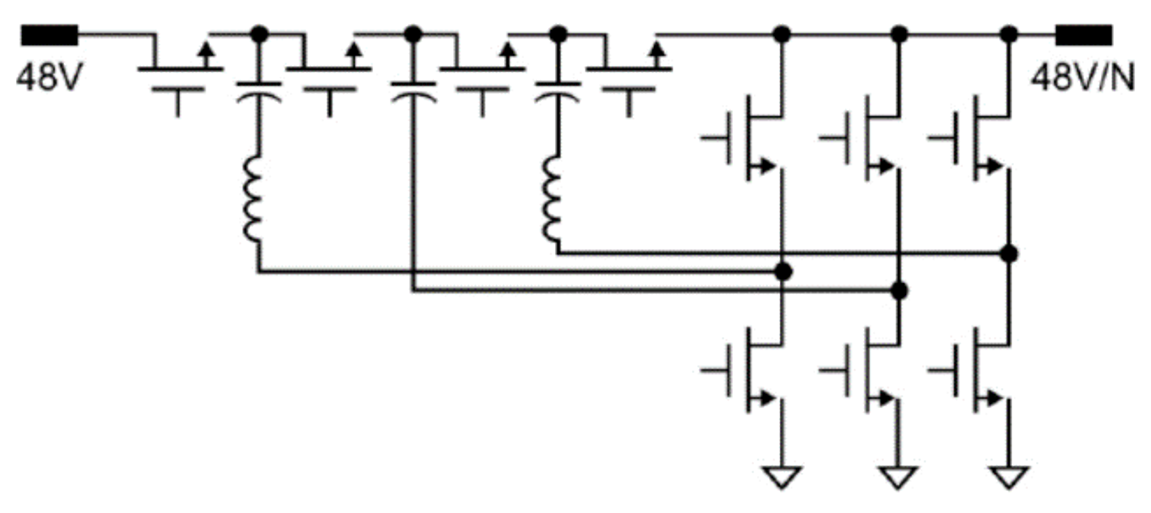Selecting and Rating Diodes
Proper selection and rating of diodes play a critical role in ensuring the reliable and efficient operation of three-phase diode rectifiers. These rectifiers are widely utilized in power electronics, and the performance of the circuit can be significantly impacted by the diodes used in the design. Therefore, it is crucial to consider practical aspects while selecting and rating diodes for three-phase diode rectifiers.
Selecting diodes for three-phase diode rectifiers requires considering two crucial factors: current rating and voltage rating. The diodes should be able to handle the maximum current and voltage that will flow through them without overheating, failing, breaking down, or experiencing excessive leakage current. The current and voltage rating can be found in the datasheet, and choosing a diode with a rating higher than the maximum expected current or voltage is necessary to ensure reliable operation and prevent damage to the diode.
The switching characteristics of diodes are critical to the performance of the rectifier circuit. Efficient and fast switching is necessary to minimize switching losses and reduce the distortion of the output waveform. One key parameter that determines the switching speed of a diode is its reverse recovery time (t_rr). Reverse recovery time is defined as the diode's time to switch from its forward conducting state to its reverse blocking state. It is essential to choose a diode with a low t_rr to minimize switching losses and reduce distortion. If a diode has a high t_rr, switching from the forward conducting state to the reverse blocking state will take longer, leading to higher switching losses and increased distortion in the output waveform.
The temperature rating of the diodes is also an important consideration. The diodes must operate reliably at the expected temperature of the application without overheating or failing. The maximum operating temperature is specified in the datasheet and is a function of the diode's construction and packaging. Choosing a diode with a temperature rating higher than the expected operating temperature is crucial to ensure reliable operation.
Other factors such as cost, availability, and packaging should also be considered. Proper selection and rating of diodes are crucial for ensuring a reliable and efficient operation of three-phase diode rectifiers, preventing damage, and enhancing the overall performance and efficiency of the rectifier circuit.
Protection and Isolation of the Circuit
To ensure the safety and reliability of power electronic systems, two crucial factors that need to be taken into account are protection and isolation in the design and implementation of AC-DC converters. Protecting the circuit is of utmost importance to prevent any damage that may occur as a result of faults or disturbances.
To ensure the safety and reliability of AC-DC converters, several protection methods can be employed. One method is to use snubbers, which suppress high-frequency voltage transients that can occur while switching power electronics devices. Snubbers are usually constructed as RC circuits that are connected in parallel with the device.
Fuses are another method, they are designed to open the circuit if an overcurrent occurs. This helps to prevent the system from being damaged by excessive current flow.
Overvoltage protection devices, such as transient voltage suppressors (TVS) or metal oxide varistors (MOVs), can also be used to limit the voltage across the device in the event of overvoltage. This protects the system from damage caused by excessive voltage.
It's crucial to consider circuit isolation in addition to protection methods when designing power electronics systems. Isolation prevents the transfer of electrical energy between different parts of the circuit, protecting sensitive components from high-voltage transients. This can be achieved through various techniques, including isolation transformers, optical couplers, and others. Proper isolation is essential to ensure the safety and reliability of power electronics systems.
Overall, effective protection, isolation, grounding, and shielding techniques can enhance the safety, reliability, and performance of AC-DC converters, ensuring their optimal operation in a variety of power electronics applications.
Cooling and Thermal Management
Thermal management is an important aspect to consider in the design and implementation of AC-DC converters, especially in high-power applications. Due to the high power levels involved, a substantial amount of heat is generated, which can affect the performance and reliability of the rectifier. To ensure that the rectifier operates reliably and efficiently, it is important to design an effective cooling and thermal management system that can efficiently remove the heat generated by the diodes and maintain the components' temperature within their specified operating range.
The choice of cooling method for AC-DC converters depends on various factors such as the power level, operating environment, and system requirements. The most commonly used cooling methods for these converters are air cooling, liquid cooling, and heat sinking. Air cooling is the simplest and most economical method, but it may not be sufficient for high-power applications. Liquid cooling, on the other hand, offers better thermal performance and is suitable for high-power applications but requires more complex and costly components. Heat sinking involves attaching the rectifier components directly to a conductive surface acting as a heat sink, which is suitable for high-power applications but requires careful consideration of the heat sink's thermal resistance and thermal capacitance.
It is crucial to evaluate the thermal resistance and capacitance of the components in the rectifier circuit to determine how quickly heat transfers from the components to the cooling medium, which impacts temperature stability and thermal performance. Additionally, the thermal environment in which the AC-DC converter operates, such as ambient temperature, airflow, and humidity, can have a significant impact on its thermal performance.
Efficient and dependable thermal management is critical for the long-term reliability and performance of AC-DC converters. If a thermal management system is not well-designed, it can lead to poor performance and component failure. Hence, electrical engineers need to give careful consideration to the thermal management system in the design and implementation of AC-DC converters.
Design Trade-Offs and Practical Issues When Designing and Implementing for Real World Application
To design a three-phase diode rectifier, engineers must comprehensively understand the theoretical principles behind AC-DC converters and the practical considerations involved in implementing these systems in real-world applications. There are several practical concerns to consider when designing a three-phase diode rectifier. These include the selection and rating of diodes, protection and isolation, cooling and thermal management, and design trade-offs.
- Selection and Rating of Diodes: When choosing diodes for a three-phase diode rectifier, it is important to take into account their voltage and current ratings, as well as their reverse recovery time. The diodes should be able to handle the voltage and current levels in the circuit while also having a reverse recovery time that is fast enough for efficient rectification of the AC voltage.
- Protection and Isolation: The protection of the rectifier circuit against overvoltage, overcurrent, and short circuits is crucial to avoid harm to the circuit components and guarantee reliable operation. Additionally, the circuit should be isolated from the rest of the system to prevent electrical hazards and ensure correct operation.
- Cooling and Thermal Management: The power diodes in a three-phase diode rectifier can generate significant amounts of heat during operation. Proper cooling and thermal management are essential to ensure that the diodes do not overheat and maintain the circuit's long-term reliability.
- Design Trade-offs: To design a successful three-phase diode rectifier, engineers must weigh various factors such as cost, efficiency, and reliability of circuit components, as well as practical considerations like available space, cooling requirements, and power supply constraints.
In conclusion, designers must have a deep understanding of the theoretical principles of AC-DC converters. It is important to consider aspects such as diode selection and rating, protection and isolation measures, thermal management, and design trade-offs to ensure effective and practical rectifier designs.









直接登录
创建新帐号